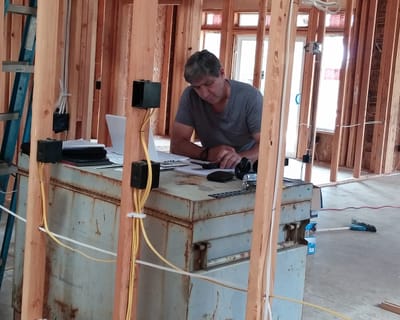About

I have spent 40 years constructing buildings: walls, floors, ceilings, and have watched first hand the results of the effort to insulate without damaging the structure.
Long ago, we didn't insulate the wall cavity, so moisture, which entered the exterior wall sandwich, did little; it drained out, the residue evaporated and the buildings survived.
Then we stuffed the walls full of fiberglass; uythe result was that water and water vapor became trapped, condensing from vapor in some cases, entering as wind-blown rain in others.
Builders who have been around, as I have, for the various engineering attempts to mitigate this intrusion know that nothing has worked well. Always, the water/vapor enters and damage/mold/mildew occurs.
Now we know that the interior envelope needs to be leak proof, to insure that hot, humid interior air does not leak into the wall/ceiling/floor sandwich, where it can condense (in winter) and cause damage.
To monitor this, Washington (and all other areas which have cold months) requires a builder prove the building envelope is 'reasonably' air tight.
For this, we use a calibrated fan, coupled with a portable, specialized computer; we depressurize the house. The envelope has to demonstrate air-tight performance. *
*(to the tune of 5 Air Changes per Hour at 50 Pascals pressure differential)


